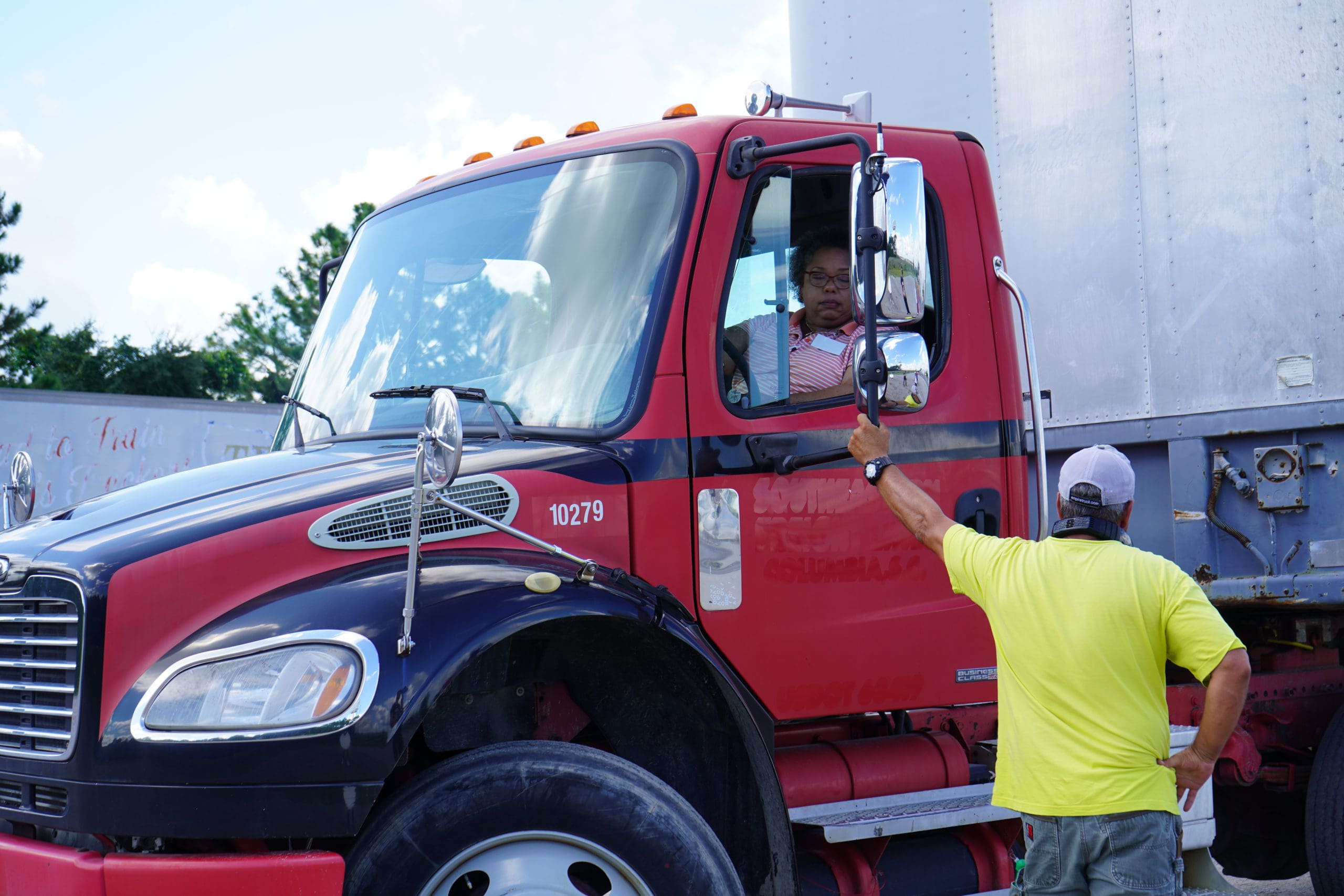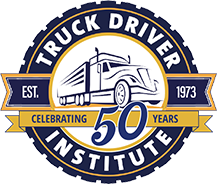What is the Future of Truck Driving Jobs?
The future of truck driving jobs was a hot topic of conversation even before the start of the COVID-19 pandemic, which went on to greatly impact the commercial shipping industry. As people and industries adapt to the post-pandemic world, these same questions are being brought to light with new perspectives. While the industry slowly recovers from supply shortages and the demand for drivers increase, carriers must analyze their businesses to discover what parts of their services must be improved on. What do customers and clients are about? For many, new innovations in efficiency and safety will determine the future of truck driving jobs.
 New Innovations
New Innovations
The future of truck driving jobs will likely revolve around integrating new technologies to make shipping a safer and more efficient process. As innovations occur in the passenger vehicle market, engineers will develop ways to adapt these innovations to improve larger vehicles. As smart technology and eco-conscious engineering become more sought after, carriers will likely have to take into account how their fleets operate and adapt these new methods to their industries.
Electric Trucks
Electric vehicles take up a little under 3% of the global market, but increased public focus on the shipping industry’s impact on the environment has provoked interest in making gas-guzzling 18-wheelers go green. The average long-haul truck can travel 100,000 miles in a single year, with some models traveling 6 miles to the gallon. There is interest in reducing carbon emissions across the board, so many carriers propose a switch to battery-powered vehicles within the next few decades.
Not only would electric-powered trucks reduce fuel consumption but noise pollution as well, since battery-powered motors are known to be quieter. Switching to electric would also reduce maintenance costs for each truck, whereas the usual wear and tear of internal combustion engines can often cost carriers and drivers themselves thousands of dollars.
Alongside the environmental benefits, this switch could be a shrewd business move for the industry at large. Millennials, Gen-Z, and beyond have been shown to be more environmentally conscious, and are more likely to buy products from companies who are actively striving to reduce their carbon footprint. Companies like FedEx and Amazon have already stated public interest in pursuing these options, so it’s possible we may see some prototypes on the road in the next few years.
Platoon Driving
Some carriers want to adjust truck driving methods in order to ship products faster with more fuel efficiency. Many hope that with the integration of improved driving systems it will be possible to drive platoons of trucks in formations that reduce wind resistance and traffic congestion. This will, in turn, save fuel and reduce emissions. With the integration of telematics and other smart technologies, trucks may one day be able to communicate with each other to automatically adjust course.
To do this, small groups of trucks will drive in a line while maintaining a certain distance between them. Through wireless communication between sensors and cameras within the vehicles, the entire fleet can adjust if one vehicle detects a slow down or obstacle while driving. Strategic driving means there is less drag between cars and automated distance adjustment reduces risks of trucks driving close together.
Experiments surrounding this method have seen success on European roads and could be the next big thing to improve vehicle aerodynamics and safety. Instead of random individual trucks dispersed all along the highway, an easy-to-see formation could streamline highways for all kinds of drivers.
Automation
Due to the rise in interest in self-driving cars and automation, some drivers have raised concerns about their jobs. It is a relevant question: If self-driving trucks exist, will truck drivers be out of a job? Thankfully, most models of self-driving cars are still in experimental stages, and while carriers have shown interest in this type of innovation, they will not be replacing human drivers.
The Society of Automotive Engineers puts current technology at Level 3 on their J3016 Levels of Driving Automation table. Essentially, while there are many more automatic features in vehicles than there were twenty or thirty years ago, humans are still in control of the car. While certain features like automatic emergency braking systems or blind spot detection are commercially available, a human is still needed to operate a vehicle safely.
While automation sounds like a dream come true, current technology is not yet at this standard. There is still much testing to be done before this kind of technology is safe to interact with other drivers on the road. There is always the possibility of computer malfunctions and security concerns over hackers and other cybercriminals. Replacing entire fleets with this technology would also be a large expense for any company, not to mention the cost of training programs for these machines. There are still many questions about automation, meaning human truckers will likely remain in the driver’s seat for the foreseeable future.
Curious About the Future of Truck Driving Jobs? Call TDI!
Truck Driver Institute is one of the most trusted names in the shipping industry when it comes to educating new drivers on the latest technology in the industry. For more than 47 years, our program has trained thousands to earn their Class A CDL certification, and our 86% graduate success rate makes them the most sought-after drivers in the U.S. Our three-week training program provides the most streamlined truck driving education available. Our instructors are experts in the trucking field and have been trained to adapt their lessons to any learning style, and after training both in and out of the classroom, you can be sure you’ll be ready for your test.
We screen applicants based on requirements by our employment partners, so you can be sure you have what it takes when you step through our doors. Our emphasis on job placement ensures that we match graduates with a company that can meet their needs, and we continue to work for our alumni whenever they need job placement assistance. The future of truck driving jobs is bright, so for more information on how to get your CDL, contact us today!
Get Started
Get your Class A CDL in our friendly, supportive CDL training program. TRAIN with experienced instructors – multiple good-paying, secure job choices with benefits available for eligible graduates. EARN $700 – $1000+ / week to start as a truck driver. Get started today by filling out the form below. We look forward to hearing from you!
